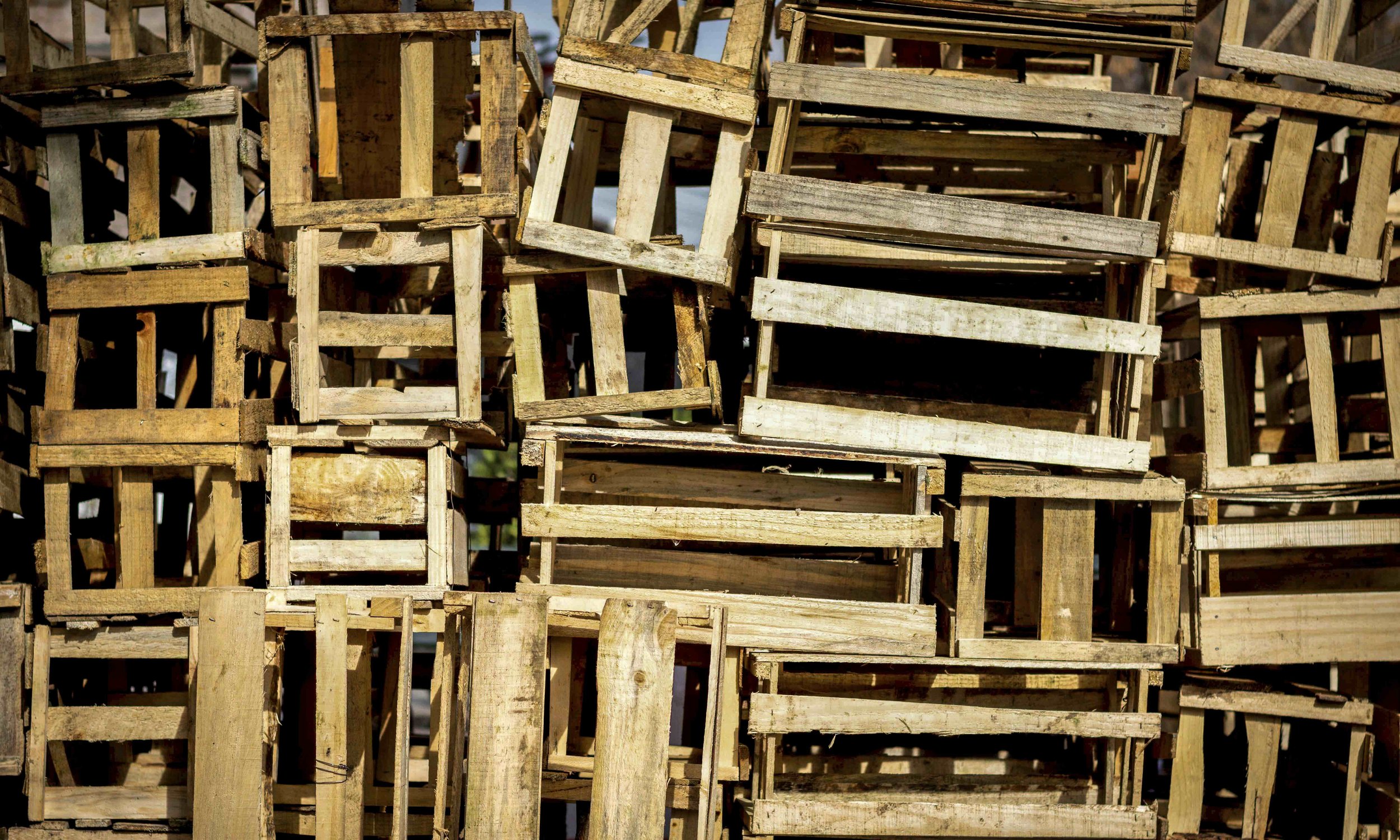ReSources Santiago
2017 - 2018
Objet trouvé, workshop, installation.
Santiago, Chile.
In Collaboration with Gustavo Zamorano, Christopher Böhmwald, Robert Montilla, Luisa Acosta, Feral Erkol, Javier González Díaz, Juan Tagle, Joaquín Zamorano, Constanza Zapata, Luis Felipe Meneses, Rosario Garrido, and Providencia Municipality, Hub Providencia, Ale Apu, Namuntu, El Panetero, Idea-Tec y Volo.



















